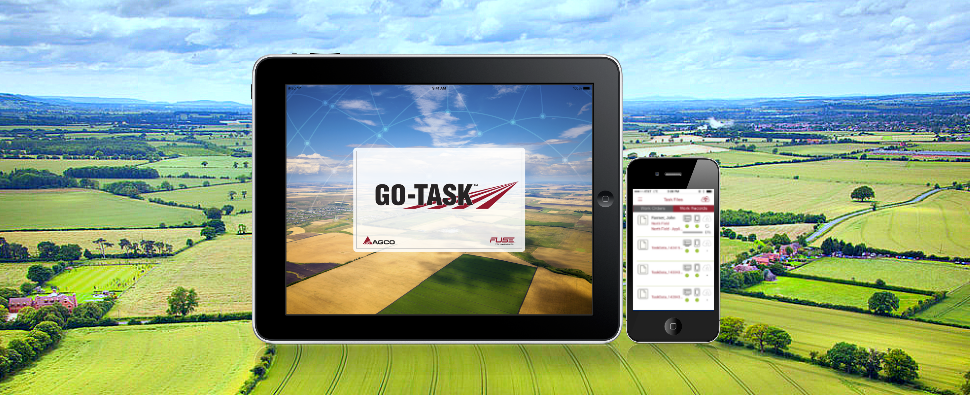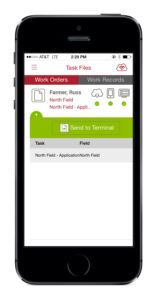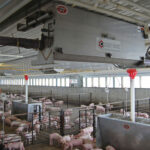No Strings Attached: The Benefits of Wireless Data Transfer for Growers
By Jennifer Parillo Current Data Transfer Methods In comparison to advancements in other industries, ranging from traffic cameras to cell phones, the current methods of transferring agricultural task data have become outdated. Farming decisions are becoming more prevalently based upon...

No Strings Attached: The Benefits of Wireless Data Transfer for Growers
By Jennifer Parillo Current Data Transfer Methods In comparison to advancements in other industries, ranging from traffic cameras to cell phones, the current methods of transferring agricultural task data have become outdated. Farming decisions are becoming more prevalently based upon...By Jennifer Parillo
Current Data Transfer Methods
In comparison to advancements in other industries, ranging from traffic cameras to cell phones, the current methods of transferring agricultural task data have become outdated. Farming decisions are becoming more prevalently based upon data analysis, and the ability to securely gather and transfer data has become imperative. The speed with which this data can be transferred is becoming increasingly critical as well, in order to allow producers to make quick adjustments to time sensitive tasks.
Most precision farming technologies currently employ USB sticks to transfer the data from the machine to the office. While this is, by definition, “wireless”, it is neither the most efficient nor the most reliable means to transport the data. Bluetooth technologies have also been used, but proximity poses a limitation, thus this does not provide a viable solution for producers managing fleets or multiple locations.
Wireless Data Transfer
The transition away from prior transfer methods to wireless means of communicating machine and agronomic data will streamline this process, allowing producers more time to use and analyze the data, rather than spending their time and resources gathering it. Wireless data transfer is not just the fastest, but also the most secure channel to move the data both to and from the machine. Producers will no longer rely on their team of operators to manage the USB sticks housing their invaluable data, and they will have the data at their fingertips nearly immediately following the task completion. By utilizing secure servers to move the data through the pipeline, the data also cannot end up in the hands of anyone other than its intended recipient; this is of course more important when referring to agronomic data than machine data.
Benefits of Wireless Data Transfer
- Eliminates distance as a limiting factor in the transfer of data, allowing large scale producers with widespread fleets to manage their operation from wherever they are
- Reduces risk of lost or missing task data in FMIS from computer not downloading task data file after a job is completed
- Better enables growers to make operational decisions due to ease and speed of gathering their data
- Enables a faster and more efficient data sharing process with third party service providers
- Eliminates risk of lost task data that can result from lost or damaged USB sticks
- Reduces the amount of necessary steps taken for the producer to turn their raw data into usable information which can support their decision making process
- Saves money and valuable time by eliminating unnecessary trips to the field and back to the office
AGCO offers unique solutions for wireless data transfer depending on the grower’s machine(s) and needs. Visit the Fuse website to learn more about our solutions, and stay tuned for the release of the new Go-TaskTM app on the Apple® App Store, coming soon.
Jennifer Parillo is a Global Marketing Specialist for AGCO’s Advanced Technology Solutions group (Fuse).



